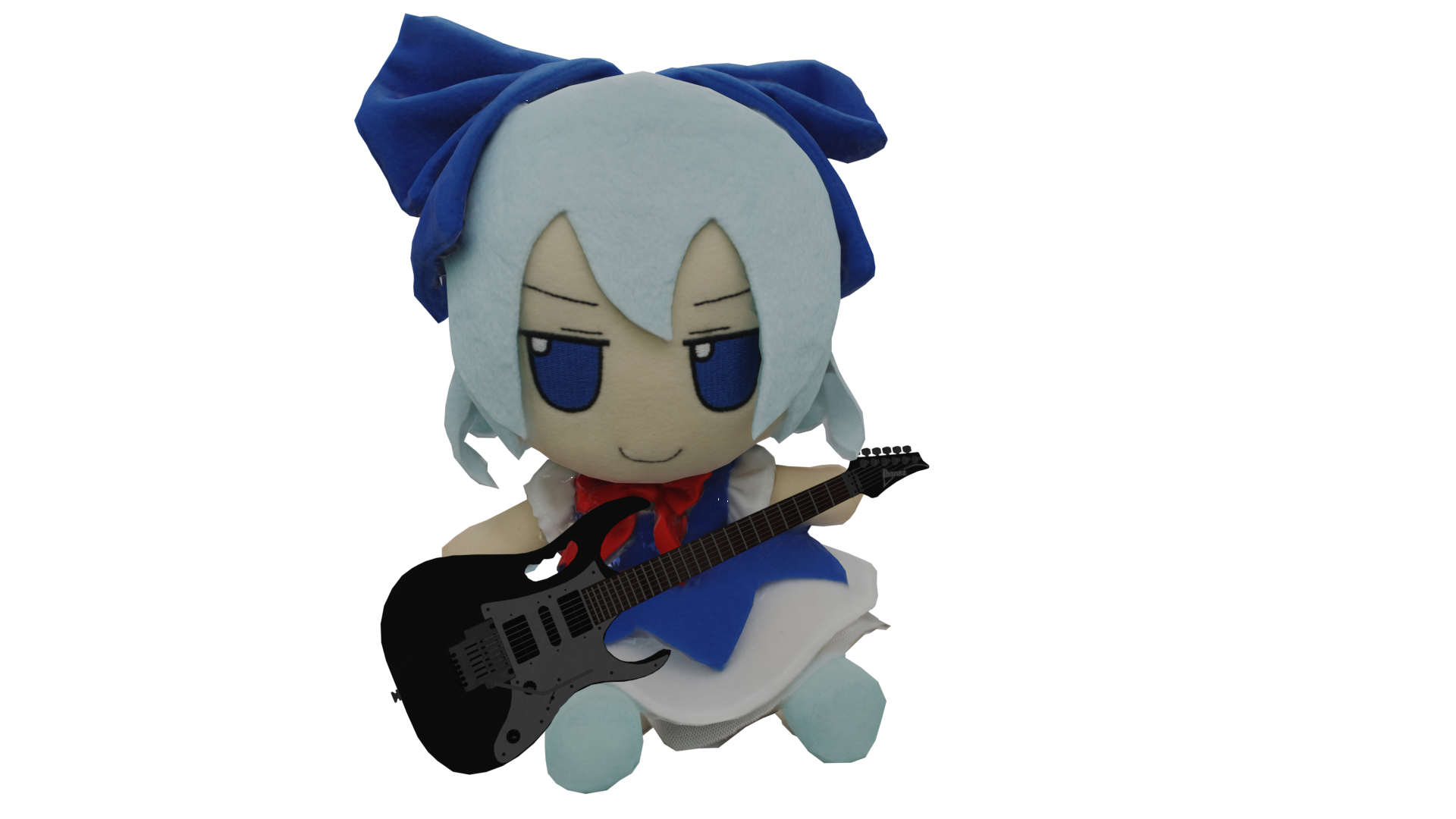FAQ #
- Where I can learn to produce electronic music?
- The basics
- Dance Music Manual by Ron Snoman
- https://viva.pressbooks.pub/openmusictheory/
- https://ycmusictheory.commons.gc.cuny.edu/about/
- https://open.umn.edu/opentextbooks/textbooks/257
- https://open.umn.edu/opentextbooks/textbooks/fundamentals-function-and-form-theory-and-analysis-of-tonal-western-art-music
- https://www.musictheory.net/exercises
- Electronic
- https://en.wikipedia.org/wiki/List_of_electronic_music_genres
- https://blog.waproduction.com/music-theory-101-for-edm-producers-part-1
- https://music.storypro.io/
- How to Make a Noise
- Music Theory, Harmony & Composition for Computer Musicians – Michael Hewitt
- The Theory and Technique of Electronic - Miller Puckette
- Are you Listening? Ep. 1 | Audio Mastering Basics
- How about Synthesis?
- Ableton's Learning Synths
- Computational Music Synthesis
- Intro to Synthesis (3-part tutorial from the 80's)
- What is a DAW?
- A DAW stands for Digital Audio Workstation. It is software that is the powerhouse behind music production. You can read more about DAWs at the pastebin below.
- See more here
- How can I play Windows VSTs on Linux?
- Use Yabridge
- Also consider Calf Studio Gear native linux plug-ins.
- Where can I learn music theory for free?
- Open Music Theory
- Where can I learn about using trackers?
- The Tracker's Handbook
- OpenMPT's Tutorial
- Can I produce music with free software?
- Music production with FOSS
- You are a schizod moron, and this site will be nuked: where is my backups? Also did you removed a section?
- https://web.archive.org/web/20220330105340/https://rentry.org/dmpdoc
- https://rentry.org/dmprockandroll/ (And yes, I removed sections regarding piracy because I'm a good boy)
DAWs #
Babby's First DAW
These DAWs are user-friendly, making them good choices for a newcomer who doesn't quite know what he's doing.
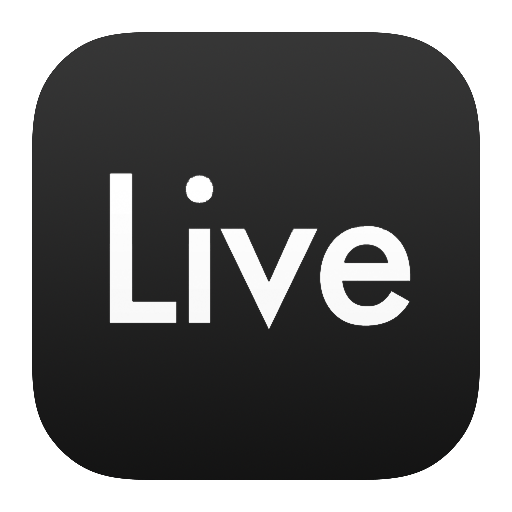 Ableton Live (Proprietary) #
Ableton Live (Proprietary) #
Ableton Live is designed more for "live" play compared to other DAWs. You can launch sequences as clips in what Ableton calls the Session View; however, Ableton also has the Arrangement View, which is more in line with what other DAWs offer.
 FL Studio (Proprietary) #
FL Studio (Proprietary) #
Started out as FruityLoops, a simple program with a step sequencer-centric workflow. Later became a full-fledged DAW, becoming very popular with hip-hop and EDM producers over its ease of use, wide variety of prepackaged instruments and powerful piano roll.
 FamiStudio (Open Source) #
FamiStudio (Open Source) #
A very simple music editor for the NES or Famicom. While not a full DAW, FamiStudio is a great option for beginners just getting into production and comes with everything you need.
 Bitwig Studio (Proprietary) #
Bitwig Studio (Proprietary) #
Relatively new DAW by ex-Ableton devs focused on sound design. Great built-in plugins with really convenient modulation for all parameters, as well as a full mini-modular environment. Good MPE controller support, if you're into that. Works on Linux natively. No multichannel support.
 SoundBridge (Proprietary) (Botnet) #
SoundBridge (Proprietary) (Botnet) #
Free as in free beer. Requires login.
The Autist #
If you feel that you need to break out of the limitations of your current DAW then you might like these choices.
 Reaper (Proprietary) #
Reaper (Proprietary) #
Essentially free (nagware) production-quality DAW. Great multichannel support, also works on Linux natively.
 Ardour (Open Source) #
Ardour (Open Source) #
The only real production-quality open source DAW at the moment. Powerful multichannel mixing and audio tracks, clunky but still workable MIDI and automation.
 Cakewalk by Bandlab (Proprietary) #
Cakewalk by Bandlab (Proprietary) #
The official continuation of SONAR, now developed by Bandlab Technologies. It's free as in free beer, while still being fully-featured and just as powerful as commercial DAWs.
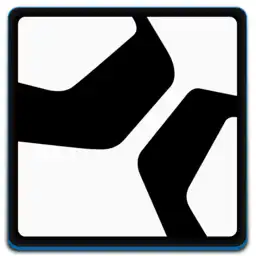 Studio One (Proprietary)
Studio One (Proprietary)
Created by ex-Steinberg employees in the mid-2000s, Studio One is a more modern re-imagining of Cubase. It has an easier to understand interface while being almost just as powerful.
The Boomer #
DAWs that are more for veterans of the music industry.
 Digital Performer (Proprietary) #
Digital Performer (Proprietary) #
Description needed
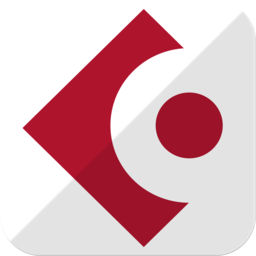 Cubase (Proprietary) #
Cubase (Proprietary) #
What could be considered the mother of all DAWs. (((Steinberg))) developed Cubase for Atari ST machines back in the 90s. Steinberg were also the ones responsible for developing the VST concept of instrument and effect plugins.
 Nuendo (Proprietary) #
Nuendo (Proprietary) #
Steinberg's other DAW, aimed primarily at audio and visual post-production. Requires severe autism.
 Acid Pro (Proprietary) #
Acid Pro (Proprietary) #
Sample Loop based DAW. Developed before the concept of VSTs.
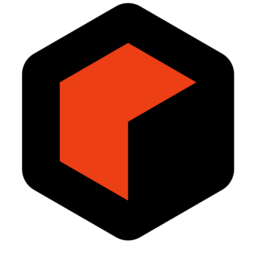 Reason (Proprietary) #
Reason (Proprietary) #
Reason aims to emulate physical rack modules as opposed to most DAWs being in the realm of abstract.
More FOSS goodness #
These DAWs are a bit rough around the edges, however they are completely Open-Source.
 Zrythm #
Zrythm #
A highly automated new DAW, currently in alpha.
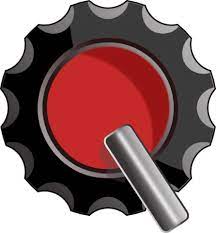 Qtractor #
Qtractor #
A mostly functional light weight DAW with the bare necessities covered: multitrack recording and mixing, midi + piano roll, wide plugin support. While the interface is mostly intuitive, its routing system is lacking (you have to rely on a lot of jack patching).
 MusE #
MusE #
Description needed
 PXTone Collab #
PXTone Collab #
A Qt-based multi-platform music sequencer compatible with PXTone Collage, with online collaboration, more keyboard shortcuts and a ton of small features that were lacking with the predecessor.
 Stargate
Stargate
A brand new, lightweight, fully-featured pattern-based DAW for Linux.
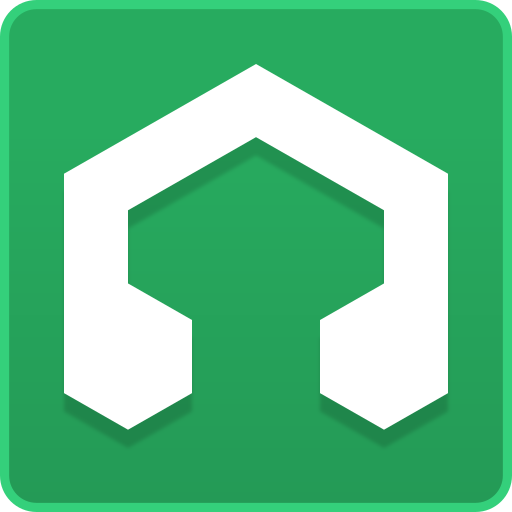 LMMS (Open Source) #
LMMS (Open Source) #
The Linux MultiMedia Studio could be considered an open source, freeware interpretation of FL Studio. LMMS isn't nearly as refined as some of the DAWs above but it's freeware nature means it doesn't hurt to try.
Trackers #
https://www.youtube.com/watch?v=tBM7haREmJ4
Old School #
The original Trackers developed between the Amiga and DOS-era of computing. Based all around samples. If you need a reference for effects you can get it here. Also if for some reason you desire the original programs to run on native hardware they will be highlighted in the descriptions.
 Protracker 2 Clone #
Protracker 2 Clone #
While not the birth of trackers. Protracker is an essential piece of tracker history. Originally developed for the Amiga, Protracker followed the Amiga module standard of 4 channels. Protracker is quite limited compared to how trackers would later develop but those limitations can have charm.
 Fasttracker 2 Clone #
Fasttracker 2 Clone #
A clone of the popular Fasttracker 2 by Vogue and Mr. H of Triton. FT2 introduced to trackers, the concept of Instruments that combined Samples with Envelopes. This meant that samples could sound much more authentic to what the sample is based on. FT2 also bumped up the channel limit to a roomy 32 channels thanks to the powerful soundcards of DOS.
 Schism Tracker #
Schism Tracker #
A clone of Impulse Tracker by Jeffrey Lim. Impulse Tracker united the funtion of ScreamTracker 3 with the form of Fasttracker 2. Impulse Tracker was the peak of DOS-era trackers with support up to 64 channels.
 MilkyTracker #
MilkyTracker #
Derived from Fasttracker 2. Milkytracker is a modernized take. Popular choice for newcomers and faux-chiptune/keygen artists.
Modern #
Trackers that (nearly) are DAWs and can run on modern systems with Windows or Linux. Most support VSTs.
 Renoise #
Renoise #
Renoise is a full-blown DAW mixing the tracker workflow with modern features; it can import classic tracker files in .IT, .MOD, .XM formats (with limitations regarding pitch modulation). Unlike classic trackers, Renoise is not held back by the limitations of 90's computers, fully supporting VST plugins as well as LUA scripting for tools.
 Radium #
Radium #
An open-source altenative to Renoise. Radium also looks to combine the nature of trackers with DAWs.
 OpenMPT #
OpenMPT #
Open ModPlug Tracker is a native-Windows based tracker with editing support from Amiga .MODs to Impulse Tracker .IT formats while also having it's own .MPTM module format (which enables OPL instruments for 2-operator FM synthesis). OpenMPT has loose VST support, but is generally more of an old school tracker.
Chiptune #
Trackers that are based around old soundchips rather than being sample-based or using modern synthesis techniques. You better love the square wave.
 LSDJ #
LSDJ #
Popular choice for an 8-bit tracker. LSDJ is a program for the Nintendo Gameboy line to utilize it's sound chip. The Gameboy soundchip has two squarewave channels, one wavetable channel, and a noise generator. As LSDJ is a Gameboy ROM, you will need a Gameboy flash cart or emulator.
 FamiTracker #
FamiTracker #
A tracker based on the Nintendo Entertainment System/Famicom soundchip. The NES soundchip has two squarewave channels, a trianglewave channel, noise generator, and a PCM channel. (Famitracker also emulates the various cartridge-based expansion chips, which add several more channels beyond the basic ones.)
 GoatTracker #
GoatTracker #
A tracker that replicates the Commodore 64's SID chip. The SID was ahead of its time for a soundchip; while only having 3 channels, each channel is versatile in that they have 4 selectable waveforms (Saw, Square, Triangle, & Noise) with ADSR envelopes, meaning that each channel is comparable to that of a monophonic subtractive synth.
 Klystrack #
Klystrack #
Klystrack is a tracker that is designed to be chiptune in style. Not really adhereing to any specific system, but rather incorporating multiple synthesis styles from other systems (mainly the C64, NES, & Amiga). It has Additive, FM, and Wavetable synthesis options. It also comes with its own .kt module format, and is able to import .mod and .xm module formats, as well as C64 .sid.
 Deflemask
Deflemask
Multi system tracker, currently supporting Genesis, SMS, GB, PCE, NES, C64, Arcade, and NeoGeo. Exports in .VGM format. The legacy version (v0.12.1) is free, but the latest versions are proprietary and cost money.
 BambooTracker
BambooTracker
A cross-platform music tracker for the Yamaha YM2608 (OPNA) sound chip, which was used in NEC PC-8801/9801 series computers.
MaxYMiser #
MaxYMiser is a tracker for the Atari ST computers. Atari ST was quite known for it's musical power but not in the same way the Amiga was. It's soundchip sounded rather "8-bit". The YM2149 was only capable of squarewaves or noise per it's 3 channels making it extremely limited even among the older 8-bit machines. Note that you will need an Atari ST emulator.
Adlib Tracker II #
A tracker based on the Yamaha OPL3 chips found in soundcards like the SoundBlaster 16. If you want an FM tracker it's worth checking out.
Modular #
Modular trackers have a graph-like "modular view" where you can freely route all elements of your project.
 SunVox #
SunVox #
SunVox is a unique tracker that has a graphical modular synth for its instruments. No samples necessary. SunVox is rather lightweight as well being able to run from mobile devices to even old Pocket PCs.
 Buzz #
Buzz #
Buzz is a free modular tracker. Loads VST plugins, and also has a library of hundreds of dedicated "buzzmachines" contributed by many authors. These are lightweight plugins for synth, fx, and sample mangling. Hasn't been updated since 2015, but buzzmachines are still released regularly by the community.
 Buzztrax (Open Source) #
Buzztrax (Open Source) #
A modular, free & open source music composer conceptually based on Buzz.
 Psycle (Open Source) #
Psycle (Open Source) #
This modular tracker can load projects from old school trackers. Lua-scriptable.
Samples
 CyberYoukai's Sample CD Collection #
CyberYoukai's Sample CD Collection #
Sample CDs were a staple of video game soundtracks and sound effects. You might recognise Zero-G samples in games like Half-Life, Command & Conquer, and Postal. This torrent is a huge collection of nearly all Sample CDs that you can utilize in your projects. The collection also has Amiga formated samples from the ST-XX pack and Loops for Acid Pro.
Spitfire LABS#
Description needed
Bandlab #
Description needed
Audio Editors #
Audacium #
A fork of audacity without the telemetry.
Adobe Audition #
Description needed
Visual Programming #
 Max/MSP #
Max/MSP #
Max is a visual programming language that is mainly utilized for audio production. Developed by Miller Puckette, Max can be used as a sequencer or synthesizer. You connect objects on a screen, similar to how a modular synth would feel in real life. Artists like Autechre use Max for their algorithmic compositions. Max can also be integrated into Ableton Live.
 Pure Data #
Pure Data #
Pure Data is an open-source freeware altenative to Max also developed by Miller Puckette. Pure Data has the advantage over Max due to it's freeware open-source nature. However, Pure Data isn't nearly as refined as Max and lacks any DAW integration. You may also want to consider the Purr Data fork. Purr Data has additional quality of life options at the cost of stability.
 Orca #
Orca #
Orca is a MIDI and OSC livecoding environment that's like a mix of a sequencer and Conway's Game of Life. You enter letters along a grid in order create automations that sequence your DAW or Hardware of choice.
 Ossia Score #
Ossia Score #
A sequencing tool that can control to various livecoding tools.
LiveCoding #
 SuperCollider #
SuperCollider #
SuperCollider is a programming language with focus on algorithmic music. The developers describe it similar to Smalltalk or Ruby with syntax similar to C or Javascript.
 Sonic Pi #
Sonic Pi #
Sonic Pi could be considered a diet SuperCollider of sorts. Designed to help educate students about music and technology.
 PraxisLIVE #
PraxisLIVE #
Description needed
 CSound #
CSound #
Description needed
 Cabbage #
Cabbage #
Cabbage is a framework for audio development. Comes with the native ability to export projects as VSTs.
Free plugins/synths
Lists (with descriptions) #
Note that some of the synths still have a price tag for official builds, but you can compile them yourself and sometimes find free unofficial packages elsewhere.
 Vital #
Vital #
Wavetable/subtractive synth with really nice visual modulation.
 VCV Rack #
VCV Rack #
A modular synthesizer inspired by Eurorack systems. Great way to learn and experiment with the core of synthesis.
 Helm #
Helm #
Earlier synth by the same author as Vital, very classic subtractive synth setup with lots of built-in modulation.
 Surge
Surge
Classic do-everything synth made open source recently. Lots and lots of presets to explore and study.
 ZynAddSubFX #
ZynAddSubFX #
Venerable Additive/Subtractive synth with built-in FX, hence the name. Used to have a really ugly clunky interface, but you can pay for the nicer new one or compile it yourself.
 Dexed #
Dexed #
Emulator of the Yamaha DX7 FMsynth (the sound of every popular 80's song). As equally confusing to program as the original, but has plenty of presets and allows for SYSEX import.
 MT-32/MUNT #
MT-32/MUNT #
The Roland MT-32 was a MIDI sound module that was a precursor to General MIDI and Soundcards. The MT-32 was used as a MIDI soundtrack for certain DOS titles due to it's clear superiority over the PC bleeper. MUNT is a software replica of the MT-32. Be aware that MUNT requires ROMs from the MT-32.
Synth1 #
Japanese subtractive synthesizer modeled after the Clavia Nord Lead 2, very easy to pick up due to having a simple interface, English documentation and a large userbase that makes tutorial. Popular with Eurobeat producers.
Hardware #
Besides the essentials and playing live, while better gear can improve your experience (headphones, monitors, fancier controllers), it's a realm of diminishing returns and highly subjective opinions on what's best. Do your own research, touch the actual hardware in stores before you buy if possible, buy used.
Audio Interfaces #
How you get the audio in and out of your computer.
While every PC already has a headphone/microphone jack and you can technically just use those, they'll generally lower quality than you can bear for music production, both in fidelity and in latency. Intefaces also have other different standard connectors (XLR, 1/4 TS), and more than one of them (2, 4, 8, etc).
If you want to record electric guitars, especially those with passive pickups, make sure the audio interface offers "Hi-Z" (High Impedance) inputs. If you want to record microphones, you may also need phantom power.
MIDI Controllers #
While you can input music using a regular computer keyboard and mouse (and many professional producers do), and manipulate any sliders or knobs with your mouse, if you want to play anything live or just make your music input easier, you'll need a MIDI controller. MIDI is a widely used standard protocol for musical input/output. A controller will detect the velocity of the keys you press, hard/soft (a regular computer keyboard is only on/off), which is essential for musical expression. Plus, if you have or hope to receive any classical music training, the piano key layout is everywhere.
MIDI Controllers will also usually have some physical knobs and sliders, to control the same in your DAW. It's equivalent to dragging them with your mouse, but you'll appreciate the physicality when playing live.
Some controllers also have square pads with velocity sensitivity, which are nice for playing drum sounds with your fingers, but not strictly necessary (you can also play drum sounds with the piano keyboard).
When playing a MIDI controller live, most PCs' sound output will be delayed/latent enough to be annoying (10–15 ms or more between your hitting a key and the sound's coming out of your speaker,s and even if it can be configured to be low latency you'll get weird glitchy sounds in practice). Thus it's sometimes important to get an audio interface even if you don't plan on recording microphones, as the interface usually provides 2–5 ms of latency on sound output reliably.
Grooveboxes #
The equivalent of a video game console for DAWs. They won't do anything a PC DAW can't do, but you may like the workflow and reliability more than clicking around on your computer.
MPC One #
Description needed
MPC Live #
Description needed
Polyend Tracker #
Description needed
Novation Circuit #
Description needed
Zynthian #
An open synth platform powered by Raspberry Pi and available either in a preassembled kit, or in parts for DIY setup.
